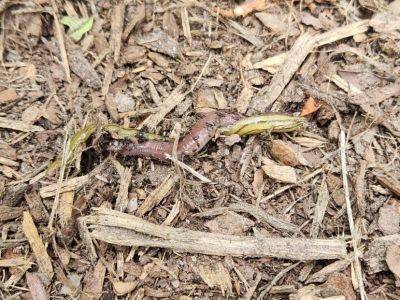North Carolina State Extension wrote an excellent publication on terrestrial flatworms, with common species around yards and gardens in the Carolinas called land planarians or hammerhead worms: https://content.ces.ncsu.edu/terrestrial-flatwormshammerhead-worms.
Bradford Pear and Elaeagnus to be Banned from Sale in South Carolina: What Do I Need To Know?
24.07.2023 - 12:11 / hgic.clemson.edu
The recent news that all Pyrus calleryana cultivars – the most common of which is the Bradford pear – and several Elaeagnus species have been added to the “do not sell” list in South Carolina has generated a lot of buzz and a lot of questions from homeowners. We’ll try to answer some of those questions in this blog post.
Q: Do I have to cut down my Bradford pear tree or remove my Elaeagnus shrub that’s growing on my property?
A: No, these new regulations do not affect plants already growing in your yard. The new regulations only affect the sale of these plants, which will be illegal starting on October 1, 2024.
Q: Does Clemson provide any tree removal services for my Bradford pear?
A: No, Clemson does not provide tree removal or invasive species removal services. We recommend contacting a local, licensed arborist, tree care company, or invasive species management company. Clemson does run an annual program where residents can obtain a free, native replacement tree in exchange for cutting down their Bradford pear tree. For more details, see the Clemson Bradford Pear Bounty program.
Q: Why does the ban on sales take effect in 2024 and not 2021?
A: When considering a change of this significance, it is essential to ensure that the general public, other stakeholders (such as state forestry agencies, departments of natural resources, etc.), the green industry, and the state legislators are all allowed to provide feedback on any proposed change. After accepting comments from these stakeholders, it was determined that immediately banning sales would result in numerous nurseries unknowingly breaking a ban that didn’t exist days earlier. Further, it is common practice that new bans such as this be phased in over time to allow
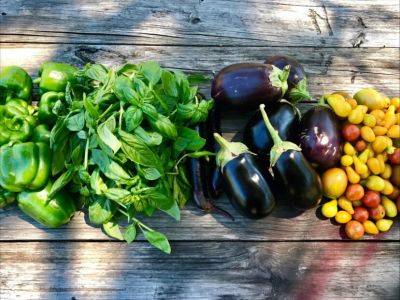
The Benefits of Seasonal Eating: Fresh, Nutrient-Dense, and Budget-Friendly
As the year passes, and as each new season settles upon us, we are blessed with abundant and various seasonal crops and produce. While in most mainstream grocery stores, we can now find our favorite foods all year round; however, many prefer to eat what is being grown specifically in that season. Here in South Carolina, entities such as Certified SC Grown is just one example of an organization that is working to bridge the gap between field and plate, making finding local, seasonal fruits and vegetables more attainable.
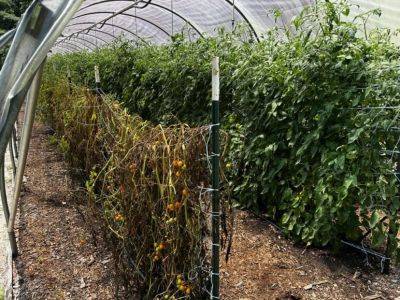
What Is It? Wednesday – Bacterial Wilt
The row on the left has succumbed to bacterial wilt. In the row on the right are grafted plants that had bacterial wilt resistance.
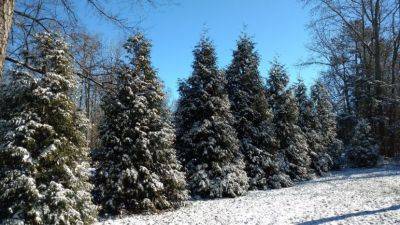
Food Safety in a Power Outage – Tips from Dr. Susan Barefoot
I recently had a call from a South Carolina resident who lost power for more than 24 hours and wanted to know whether the foods in her freezer would be safe to eat. This is a very common problem in South Carolina winters and could easily affect you in the coming months.

South Carolina Apples
The Upstate is one of the few places in South Carolina with the right climate and soil conditions to grow productive apples trees. While the actual trees can be grown in most any part of the state, higher temperatures and humidity in the midlands and coastal plains make disease pressure hard to manage.
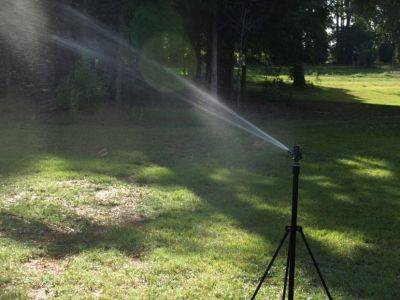
Water Use in South Carolina
Our South Carolina water resources help producers grow the crops we eat, supply drinking water when we turn on the tap, and support industry and our outdoor lifestyle. It is important to recognize how we use water in our community so that we can each do our part to help conserve this important resource. Do you know who is the biggest user of water in South Carolina? It may not be who you think.
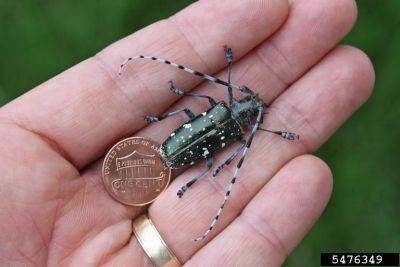
Asian Longhorned Beetle – A New Invasive Tree Pest In South Carolina
The Asian longhorned beetle (ALB; Anoplophora glabripennis) is not easy to miss – adults of this large, black beetle with white spots, black and white striped antennae, and blueish feet are between 1 and 1 ½” long (Fig. 1). ALB larvae are equally striking as the large, white segmented larvae can be nearly 2” in length (Fig. 2). Established populations in the U.S. are found in Massachusetts, New York, and Ohio, and a new infestation was recently found in Charleston County, South Carolina.

Clemson Extension Launches South Carolina Certified Landscape Professional Online Program
Clemson University’s Cooperative Extension Service is proud to offer a brand new program to the citizens of South Carolina! Many landscape professionals, whether in the private industry, grounds-maintenance, or employed by government agencies, are in constant need of good training resources for themselves and their employees. Many homeowners also want to know that their landscape operators/providers have the skill set necessary to deliver consistent, high-quality service.
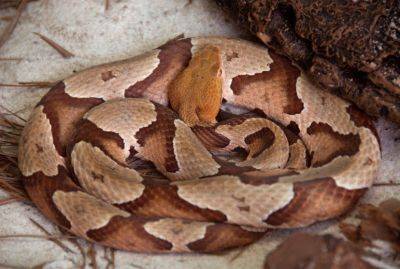
Copperheads In South Carolina
Copperhead snakes (Agkistrodon contortrix) are found throughout South Carolina and are one of the six venomous snake species, out of 38 total snake species, that our state has.
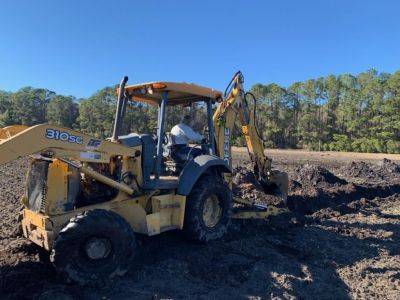
South Carolina Fruit and Vegetable Field Report February 1, 2021
Rob Last reports, “Strawberry crops are developing well; however, we are seeing gray mold phomopsis blight in some crops. Sanitation can really help prevent botrytis from spreading as we move forward when allied to fungicide applications. Keep scouting for spider mites as there are active populations in some crops. Now is a great time of year to think about the maintenance of equipment for bed formation, cultivation for spring crops, and most important product application.”

Bradford & Callery pear
Every spring, all over in South Carolina, we see yards, abandoned lots, natural areas, roadsides, and, in some cases, forests filled with white flowers. These first white flowers of the year are nearly all from the Callery pear tree (Pyrus calleryana). This tree is native to China, and while they may look the same, many of the trees planted in yards, around businesses, and in other managed landscapes across South Carolina are cultivars of P. calleryana. One of the most common cultivars is the Bradford pear. For more information on Bradford pears, see HGIC 1006, Bradford Pear. Bradford pears, by themselves, cannot produce viable seed. But, if pollen from a different flowering pear cultivar (or a wild Callery pear) pollinates a Bradford pear flower, then viable seed can be produced. The fruit are often eaten by birds, and birds doing what birds do (hint: they poop), spread the seeds across the land. When these new plants grow, they’re now Callery pears, the wild relative of Bradford and other cultivated varieties of Pyrus calleryana.
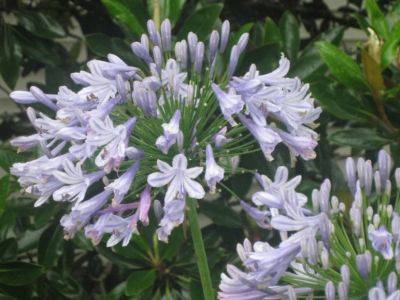
Tips and Tricks for Growing Lily of the Nile
Lily of the Nile or agapanthus (Agapanthus africanus and hybrids with this species) is a blue-flowered perennial that grows from a rhizome (fleshy root). Each rhizome sends up several shoots. Rhizomes also reproduce, so over time, a one-gallon plant of a vigorous cultivar like ‘Blue Storm’ will make a clump 2.5 feet wide. One of my large-leaved, unnamed cultivars has spread 3.5 feet in all directions.
